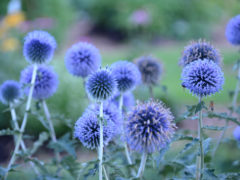
globe thistle
Echinops ritro
Glaucus, yucca-like foliage topped with clusters of blue, globe-shaped flowers in late summer through early … Continued
Drought-tolerant and drought-resistant plants may still need supplemental water from time to time, but they can survive periods of dryness without dying.
Drought-resistant plants like cactus, hens and chicks, and sedums can go for very long periods without water and do not tolerate poorly drained locations. Drought-resistant tropical plants grown indoors in winter like cactus, Sansevieria, Echeveria, and other succulents sometimes fail due to overwatering.
Drought-tolerant plants grow in many textures and sizes and have different adaptations that help them get through periods of drought:
The latter two types of plants are drought tolerant once established because any new planting, regardless of drought tolerance, needs to be watered during the first growing season to allow roots to reach the depths needed to access moisture during dry periods.
It’s also important to note that survival may not mean that the plant will look its best during this time. Watering weekly for a longer period of time will result in the best-looking gardens with the highest tolerance for drought. During the hottest, dryest times in summer, watering deeply twice a week is recommended. These less frequent waterings will encourage root systems to expand, making it easier for plants to access moisture when their environment is dry.
Winter drought has become a bigger problem in recent years as snowfall declines. Evergreen plants are especially vulnerable during winter drought because their foliage continues to shed moisture while dormant deciduous plants have shed their leaves and can conserve moisture in woody stems and underground. Watering shrubs and trees in winter on days when the temperature allows (above freezing) will help ensure their healthy return in spring.
Here are some drought-tolerant and drought-resistant plants to grow—

Echinops ritro
Glaucus, yucca-like foliage topped with clusters of blue, globe-shaped flowers in late summer through early … Continued
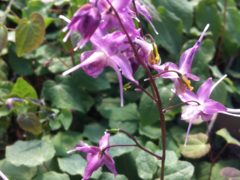
Epimedium grandiflora ‘Lilafee’
Dense, clump-forming, deciduous perennial that grows 10-15” tall with a spread to 18-20″. Native to … Continued
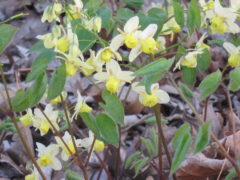
Epimedium versicolor 'Sulphurium'
Excellent shade garden plant, this selection forms a mound of dark green leaves with sprays … Continued
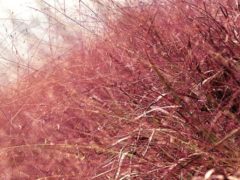
Eragrostis spectabilis
Masses of reddish-purple panicle blooms are beautiful in large sweeps.
Eragrostis trichodes
A warm-season bunchgrass native from Ohio to Nebraska and south to Louisiana and Texas. Purple-tinted … Continued
Eryngium leavenworthii
Plains native perennial that behaves more like an annual. Spiky leaves are gray-green and deeply … Continued
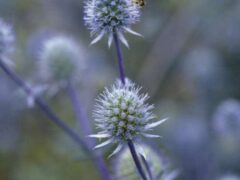
Eryngium planum
An outstanding hardy unusual ornamental that thrives in hot dry locations and blooms in summer … Continued
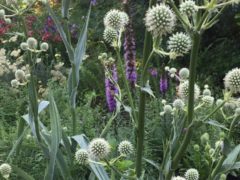
Eryngium yuccifolium
Beautiful native growing to 4′ tall with glaucus, yucca-like foliage topped with clusters of white, … Continued
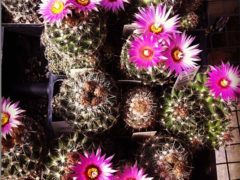
[Coryphantha] Escobaria vivipara
2″ bright magenta open in May-June, followed by fleshy, greenish-purple fruits. As the evergreen, ball-shaped … Continued
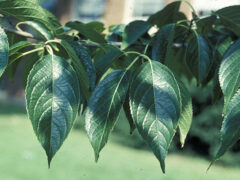
Eucommia ulmoides
Grown as an ornamental shade tree because of its attractive glossy green foliage and excellent resistance to … Continued
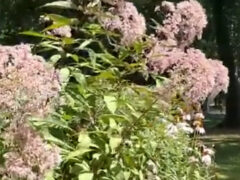
Eupatorium maculatum
An excellent back of the border native plant growing 6′ tall or more with deep … Continued
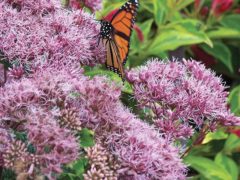
Eutrochium {Eupatorium} purpureum 'Baby Joe'
‘Baby Joe’ is a more compact cultivar that brings butterflies and other pollinators to the … Continued